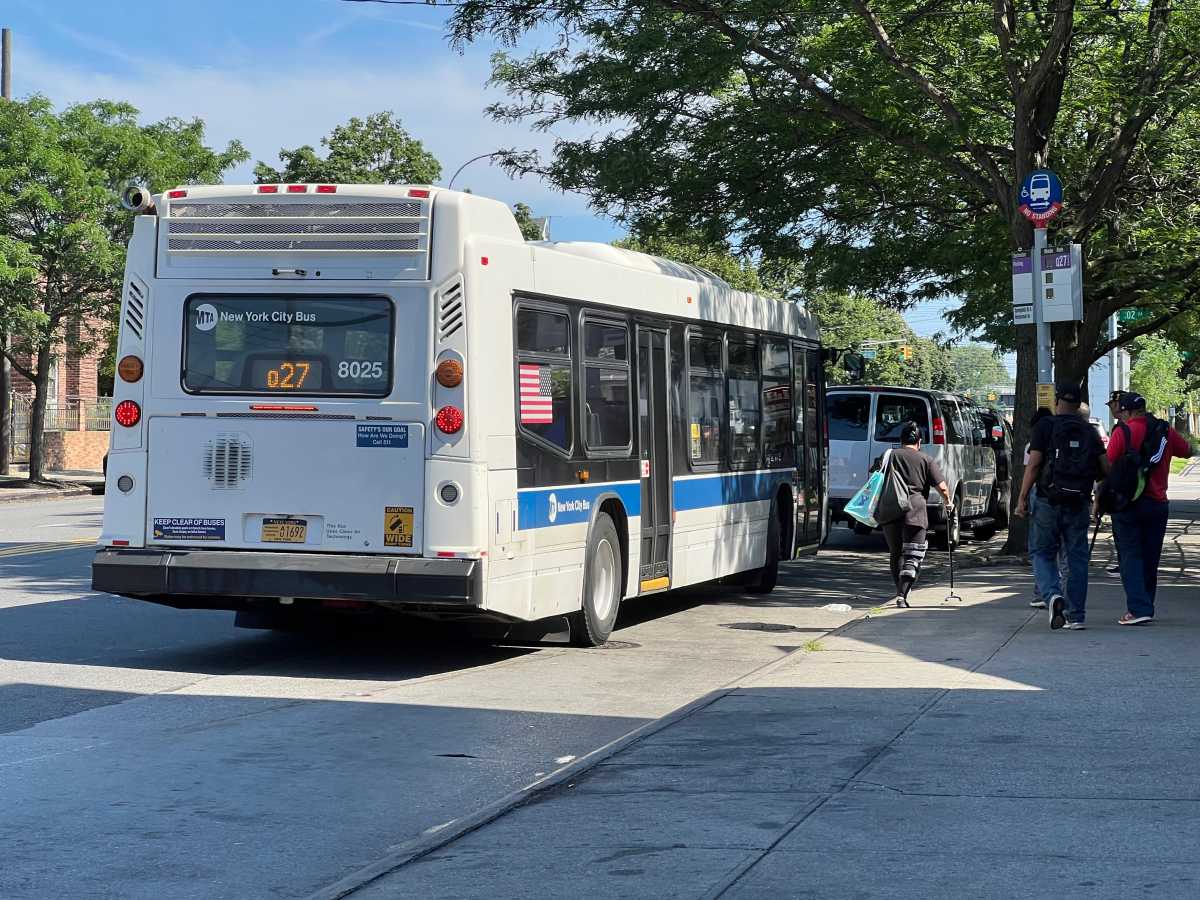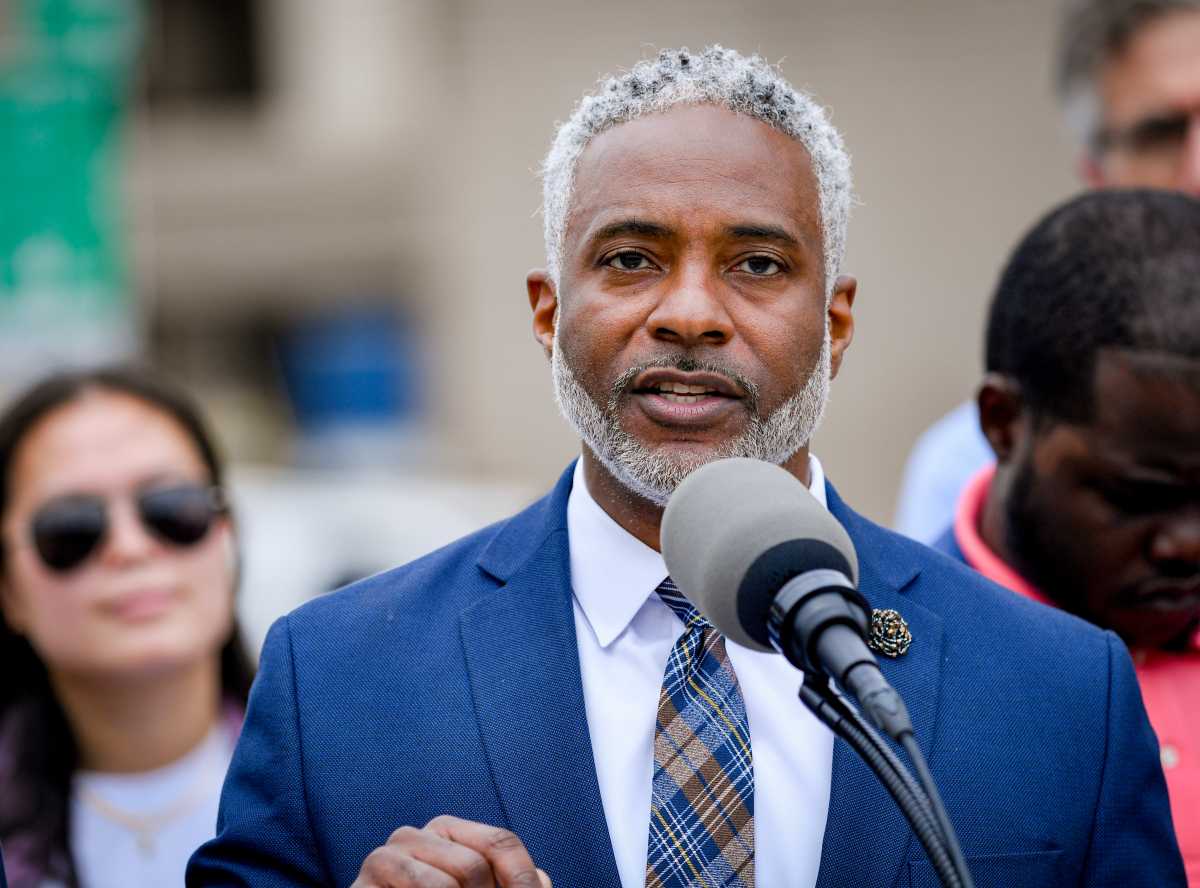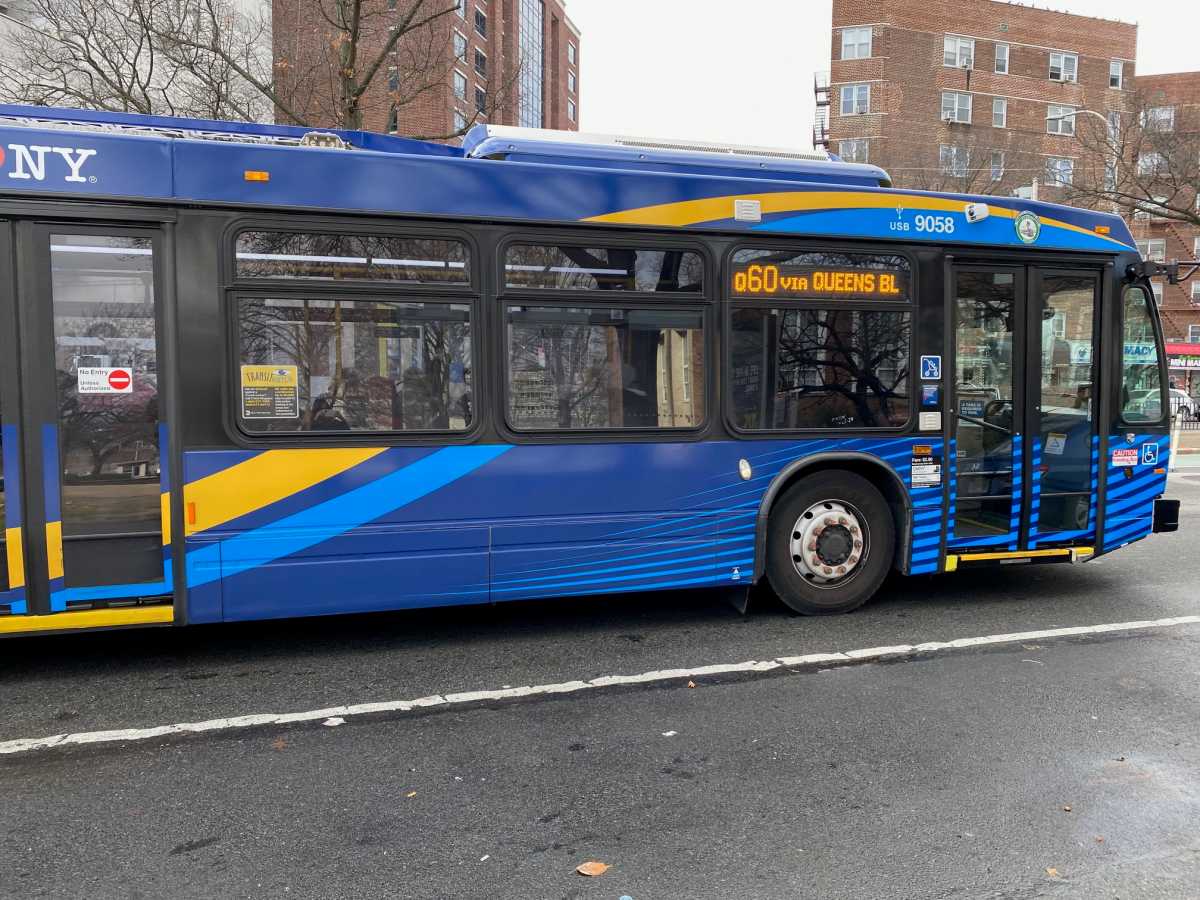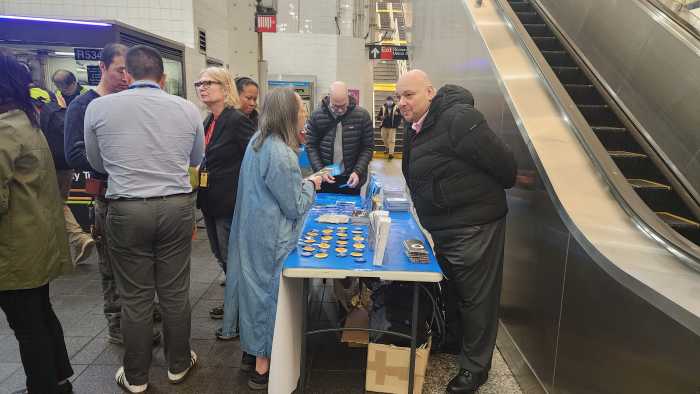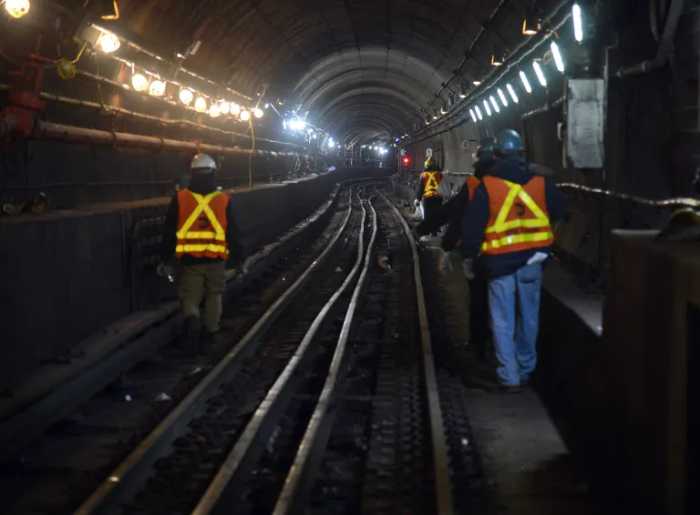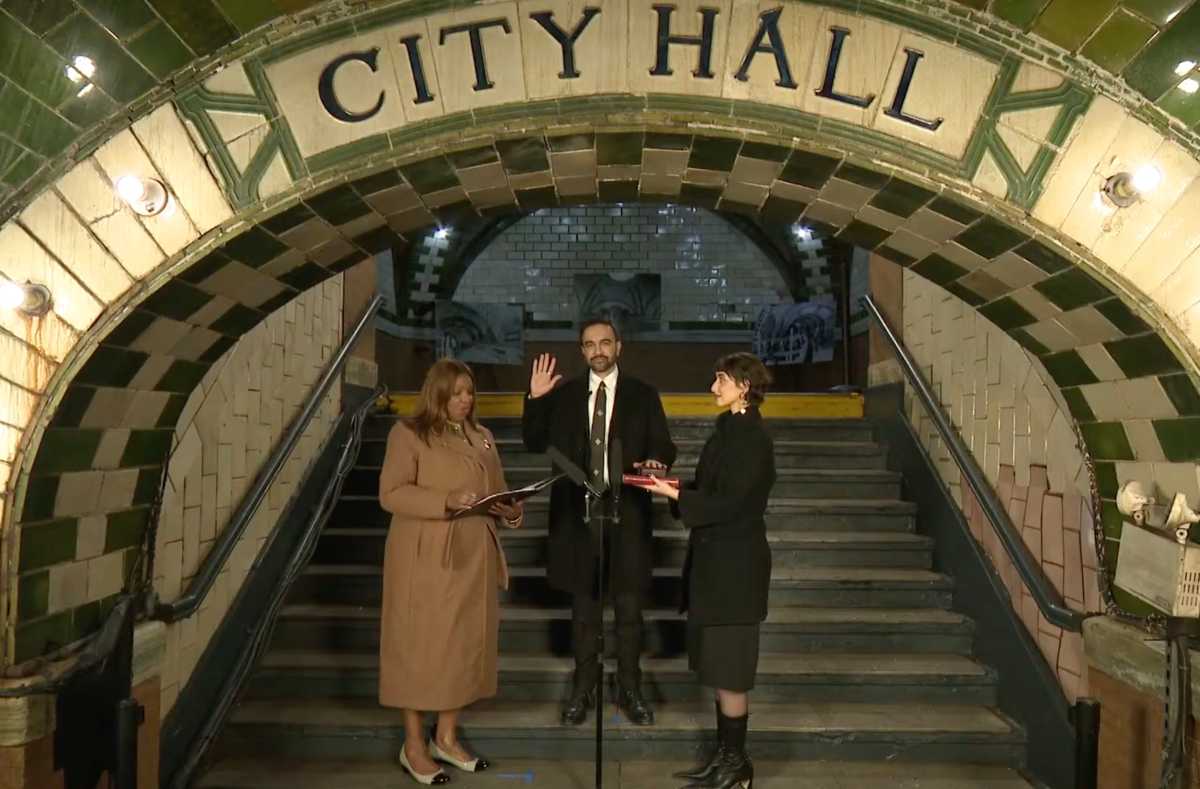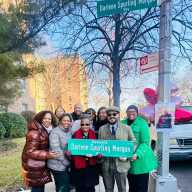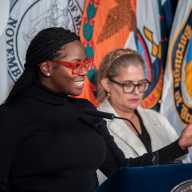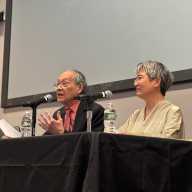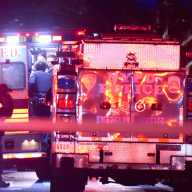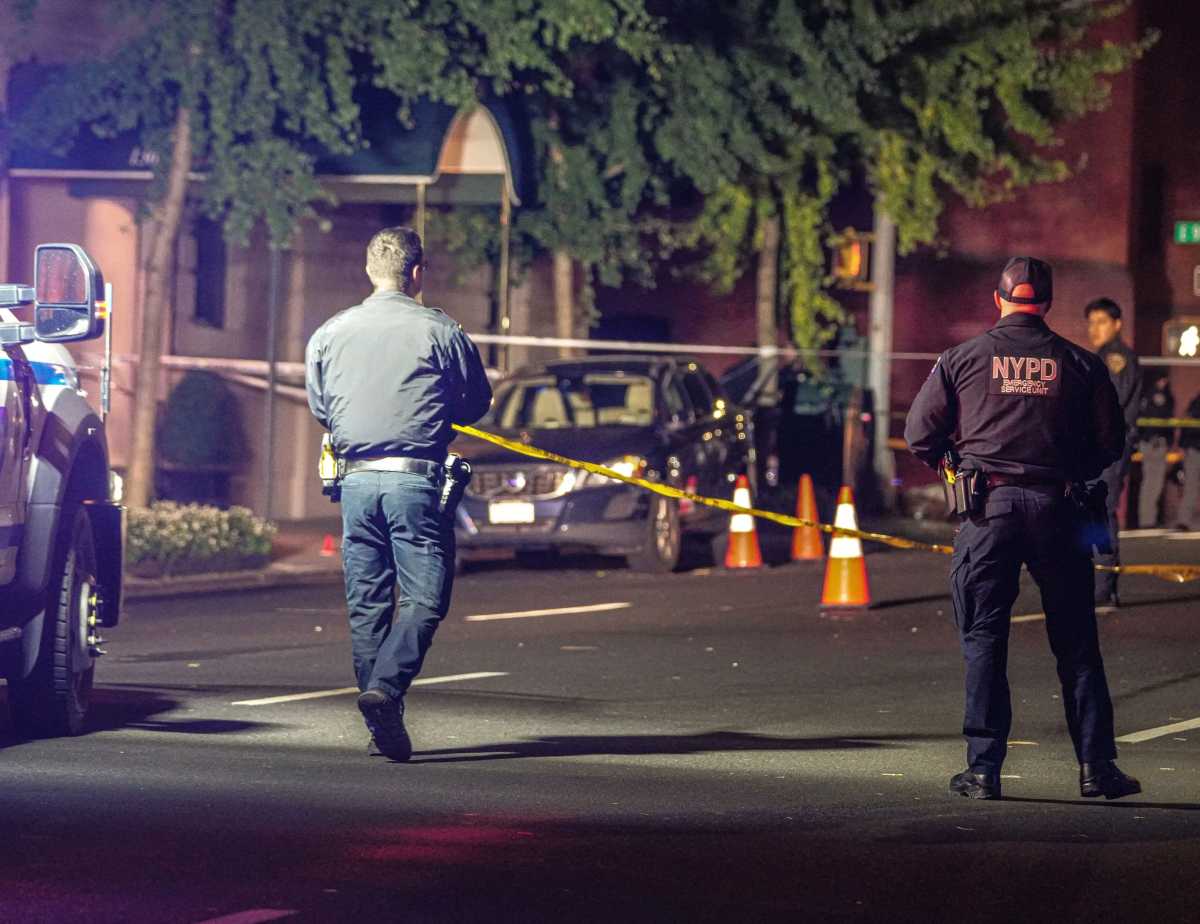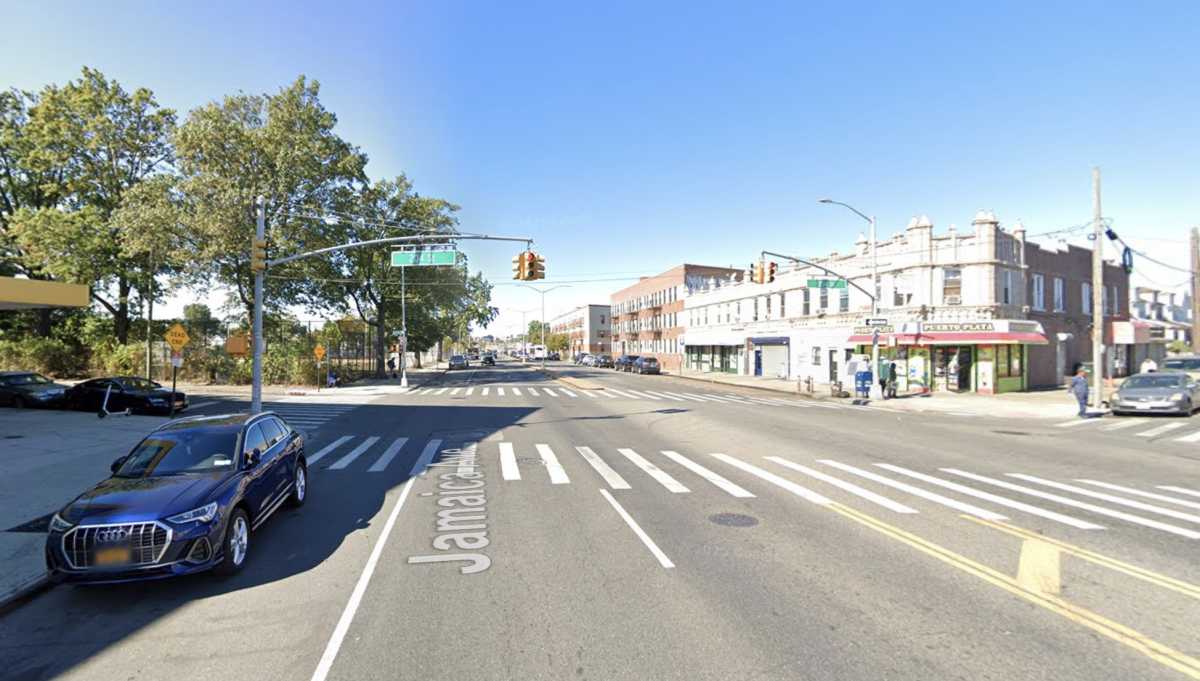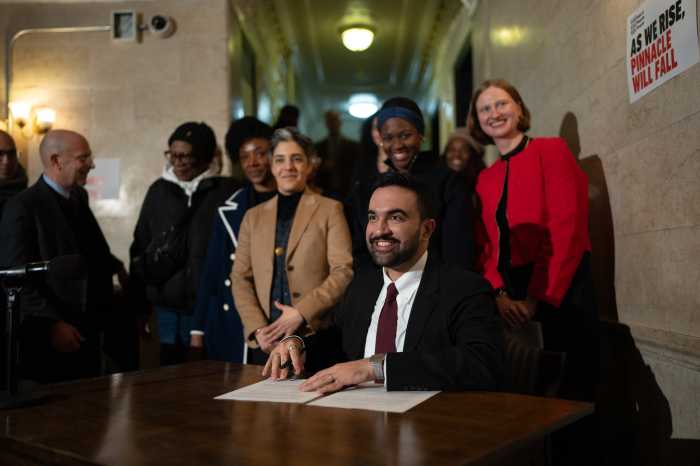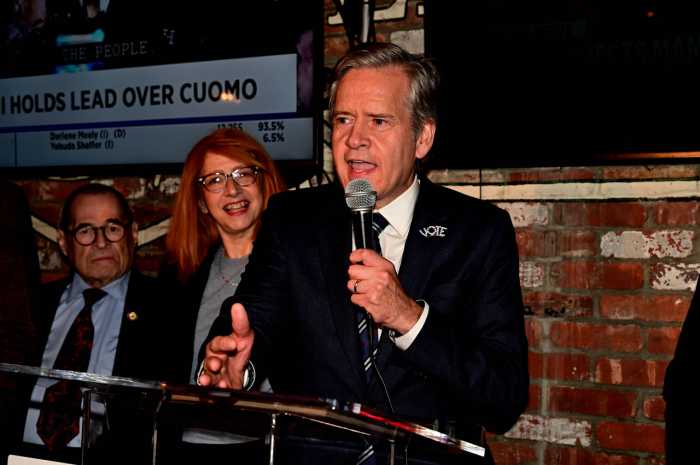This op-ed is a response to a July 6 commentary published in amNewYork by New York City Transit President Demetrius Crichlow regarding the rollout of the Queens Bus Network Redesign.
MTA New York City Transit President Demetrius Crichlow demonstrates a lack of proper understanding of the chaos, confusion and hardship that everyday bus riders and bus drivers have actually been experiencing since Phase 1 of the Queens Bus Network Redesign launched on June 29. The team at Passengers United and I have been out in the borough every day informing the ridership of the changes to their buses, pointing them in the right direction, and (most importantly) listening to their needs and concerns. The reality on the ground is far from what Mr. Crichlow is describing.
The NYC Department of Transportation did not change the bus stop signage on every route. In some cases, such as along the Q110 route on Jamaica Avenue, stops with older-type signs have been kept while others with newer signs have been eliminated. Nowhere is it indicated whether the stop is still intact. This has left passengers in the dark, particularly those unable to use or rely on mobile apps (this is more so the case with older adults), while also creating confusion for drivers about where they should and should not stop to pick up passengers.
On some routes — including local routes — just about every other bus stop has been eliminated. Mr. Crichlow should know by now that bus speeds are not always representative of passenger trip times, and that the commutes of many mobility-impaired riders have become significantly longer due to the increase in first- and last-mile distances. But the disproportionate hardship this has created for many mobility-impaired riders goes beyond just how long it takes to get to/from their stops. Now, in many cases, they must also traverse uneven, narrow, and/or otherwise inaccessible sidewalks to get to their buses. It is also worth noting that many stops that were eliminated were in front of essential services, such as grocery stores, schools, medical offices, and places of worship, creating barriers to access for those who rely on them. It is clear that the planning team for the Queens Bus Network Redesign never stepped foot into the neighborhoods when they decided which stops to remove.
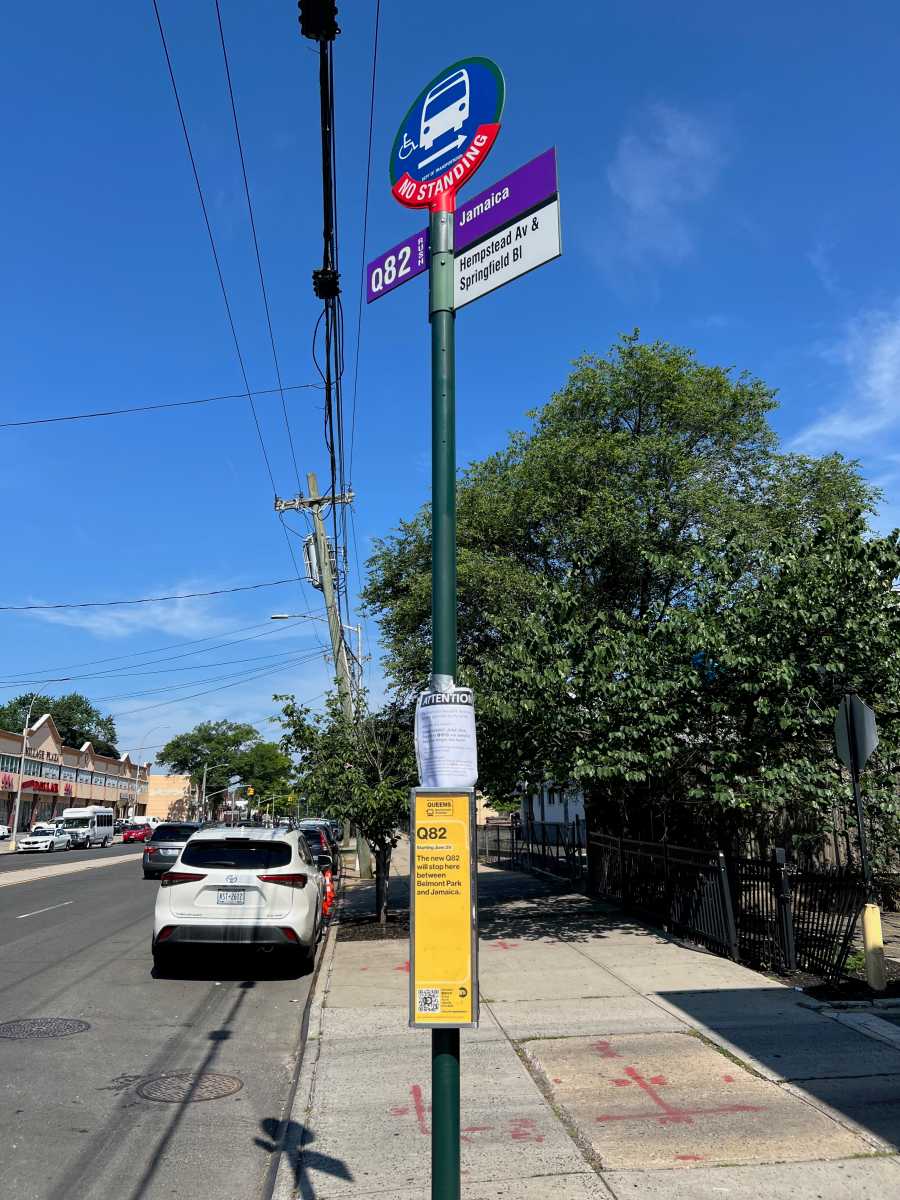
These stop eliminations have not resulted in any real improvement to bus service either — buses are still bunching, and headways have actually increased. This means that service is now running less frequently — particularly on routes serving poorer and/or outlying communities — despite promises by the MTA that service would improve. The new Q82 Rush route, for example, is a loss for those along Hempstead Avenue in Queens Village because, unlike the former Q110, which used to run there, it runs only half as frequently, and, unlike the former Q110, it does not run overnight. The new Q110, which now continues along Jamaica Avenue to Floral Park, is also less frequent than its former counterpart.
The MTA claims to be investing $33.7 million annually into Queens bus service, which sounds fantastic if taken at face value. However, that number does not tell the full story because it leaves out the distinction between buses running in revenue service (to transport passengers) and buses running out of service (such as between depots). For years, my team has requested the MTA to release the revenue miles and hours for both the new and former bus networks, which are quantitative data necessary to determine whether the Queens Bus Network Redesign plan includes more bus service for passengers, compared to the previous bus network. The MTA has consistently refused to provide these data, even going as far as to indefinitely delay a Freedom of Information Law request I submitted for these exact documents several months ago. What does the MTA have to hide if the Queens Bus Network Redesign really means more bus service (which, as discussed above, is not the case everywhere)?
Throughout the entire borough, confusion about bus routes and stop changes has led to aggravation. Bus drivers have been blamed and harassed for the changes — despite not having any say in them — because for some passengers, they are the easiest to take their anger out on.
Meanwhile, we still lack clarification about whether the MTA’s six-month “promotional” free transfer policy for the Queens Bus Network Redesign will also include a third transfer for those using the subway as part of their trip. I hope that Mr. Crichlow was misinformed when he indicated that the third transfer would not extend to the subway (despite the MTA Board’s resolution for this policy making no mention of it), as that would still leave many thousands of Queens commuters paying double fares when they hadn’t before the redesign. Nonetheless, this “promotional” free transfer policy only applies to OMNY, not MetroCard, leaving out NICE Bus commuters and others who are unable to switch. There is also no guarantee that the MTA will include MetroCard data (in addition to OMNY) in its study to determine future free-transfer routes and connections. The MTA needs to stop assuming that everyone can easily switch to OMNY and should instead assess why some are still reliant on the MetroCard and how they can best be accommodated.
The Queens Bus Network Redesign is not going “very smoothly” — it’s turning into a civil rights disaster. We urge the riding public not to lose hope, but instead rise to the occasion and take action if they feel they have been discriminated against or are being disproportionately harmed. Resources to learn more about the bus route and stop changes, how they affect you, and how you can take action are available on the dedicated Queens Bus Network Redesign portal and on Passengers United’s website.
*Jack Nierenberg is the vice president of Passengers United, a grassroots advocacy organization that elevates the voices of everyday transit riders to advance true equity, accessibility and safety in the New York region’s public transit.

